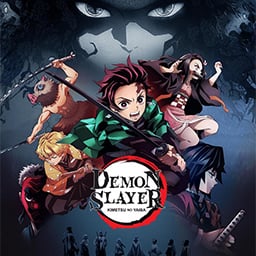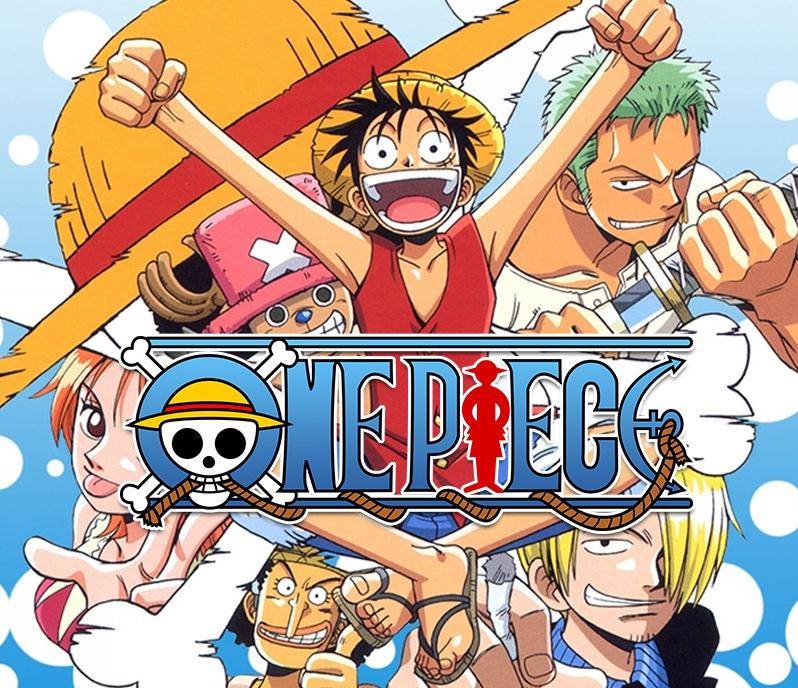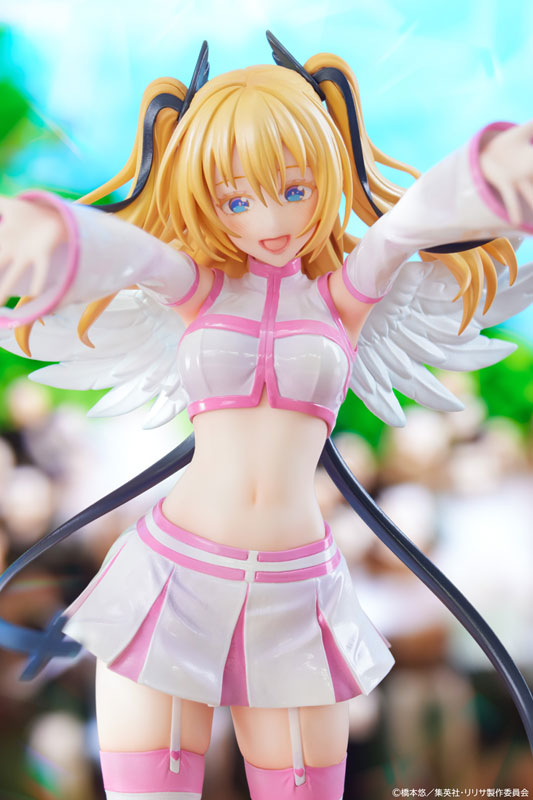Project Mirai (series)
Hatsune Miku Project Mirai, also known as Hatsune Miku and the Future Stars of Project Mirai, was released in 2012 for the Nintendo 3DS. It is a rhythm game created by Sega and Crypton Future Media as a spin-off of the Hatsune Miku: Project DIVA series of Vocaloid rhythm games.
Gameplay
The game is based on a singing synthesizer software series and primarily based on Crypton Vocaloids such as Hatsune Miku None Kagamine-Rin and Gumi from Internet Co. However, as the game is still a spin-off of the original Project Diva series , there are many differences in the game's art style, gameplay mechanics, an augmented reality mode, and a My Room mode where players can interact with their modules in a room. The main gameplay of the game is based on a "lucky circle system" where players must press buttons in sync with the timing of the circles appearing. As in the previous series, players are rated based on their accuracy on a scale and displayed at the bottom of the screen. The music and animation style closely follow the previous games, but with improved 3D effects and additional minor changes.
Game development
Technically, development on the game began in mid-2010, although it was only officially announced as Hastune Miku - Mirai Project - in September 2011. Two months later, in November, Famitsu revealed the game's final name: Hatsune Miku and the Future Stars: Mirai Project . This was the first time in the franchise's history that a game had changed its original name. In addition to its March 8, 2012 release date, a limited edition was released at the same time, which included a Nendoroid Puchi figure as an additional add-on.
List of songs
| None | Song | Singer | Producer |
|---|---|---|---|
| 1 | My Time (Watashi no Jikan) | Hatsune Miku | Kuchibashi-P |
| 2 | Reverse Rainbow (Sakasama Reinboo) | Kagamine-Rin | Sunzriver-P |
| 3 | Tricolor Airline | Hatsune Miku/Kagamine Rin/Megurine Luka/MEIKO | Atsuzou-kun |
| 4 | Animal divination | Hatsune Miku/Kagamine Rin/Megurine Luka/MEIKO | Scope |
| 5 | No logic | Megurine Luka | JimmyThumb-P |
| 6 | on the rocks | KAITO/MEIKO | OSTER Project |
| 7 | Sketches of Mousou | Hatsune Miku | 40 metersP/Signal-P (Rin version) |
| 8 | Daughter of Evil (Aku no Musume) | Kagamine-Rin | Akuno-P |
| 9 | Servant of Evil (Aku no Meshitsukai) | Kagamine Len | Akuno-P |
| 10 | SING AND SMILE | Hatsune Miku/Kagamine Rin/Megurine Luka/MEIKO/KAITO | Re:nG |
| 11 | PIANO*GIRL | Hatsune Miku | OSTER Project |
| 12 | Melancholy | Kagamine-Rin | Junky |
| 13 | GOOD MORNING, HOW ARE YOU DOING | Hatsune Miku | Hoehoe-P |
| 14 | LOL -lots of laughter- | Hatsune Miku | Ken |
| 15 | Daughter of the Deep (Shinkai Shoujo) | Hatsune Miku | Yuuyu-P |
| 16 | Your Warmth (Kimi no Taion) | Hatsune Miku | Kuwagata-P |
| 17 | Matryoshka | Hatsune Miku | Hachi |
| 18 | Happy Synthesizer | Megurine Luka/Gumi | EasyPop |
| 19 | Dream, Dream (Yume Yume) | Hatsune Miku | DECO*27 |
| 20 | Clover♣Club | Hatsune Miku | Yuuyu-P |
Suites
With the success of Hatsune Miku and the future stars of Project Mirai , Sega and Crypton released Hatsune Miku: Project Mirai 2 in Japan on November 28, 2013, with no international release planned. Similar to the original title, the game primarily used Crypton-licensed Vocaloids and the gameplay remained essentially the same.
One of the main changes to the gameplay was the use of touch controls, where players had to tap the bottom of the 3DS screen. An increased scoring speed was also implemented.
The game also featured a mini-game based on the Puyo-Puyo puzzle game series, affectionately titled, Puyo Puyo 39 None
In 2015, Sega released Hatsune Miku: Mirai Project Deluxe for the global market. This game was essentially Hatsune Miku: Mirai Project 2 but with updated features. All music videos were removed in favor of real-time animations, an additional song "Nice To Meet You, Mr. Earthling" (はじめまして地球人さん, Hajimemashite Chikyuujin-san) was added to the tracklist, the rating charts were slightly modified and fully debugged, six songs were given a higher exclusive difficulty, and an additional Othello- based minigame was included.
Sales in Japan for the Deluxe game were well below expectations, with fans citing the lack of large-scale updates compared to its predecessor, but overseas sales of the game were modest. Foreign fans who were finally able to play the game praised the quality of the animations for the 3DS and the cuteness of the characters and the real-time animated video sequences.








